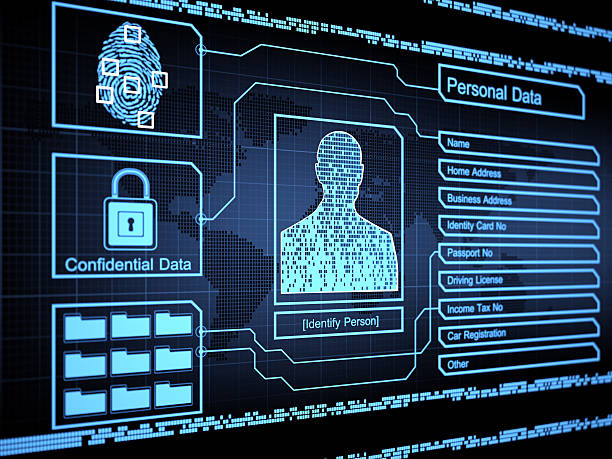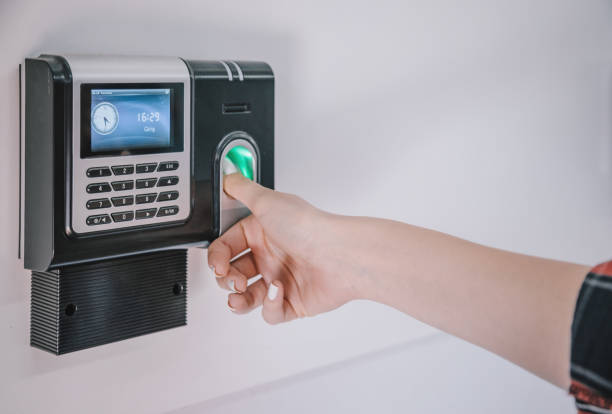
Biometric Security: Balancing Convenience and Risk
Introduction:
As biometric technology continues to replace traditional access keys, the security and privacy implications of biometric authentication technology and data storage take center stage.
The Evolution of Biometric Technology
Biometric systems, capable of recognizing unique physical attributes such as fingerprints, facial features, and iris patterns, are rapidly gaining popularity in the realm of security and access control. From fingerprint scanners to advanced iris recognition, the evolution of biometric technology has paved the way for convenient yet potentially vulnerable security measures.

The Intersection of Convenience and Security
While biometrics offer unparalleled convenience, the effectiveness of their security depends on diligent implementation. Furthermore, the use of multiple sensors enhances the accuracy and overall security of biometric authentication systems, ensuring robust protection against unauthorized access.
Challenges and Vulnerabilities
Despite their uniqueness, biometric features such as iris recognition, fingerprint scans, and facial recognition may pose similar security risks. This underscores the essential need for secure storage and encryption of biometric data to prevent potential breaches and exploitation.

Privacy Concerns and Surveillance
In a world dominated by surveillance technologies, the proliferation of facial recognition technology raises grave privacy concerns. With widespread use of CCTV cameras and independent deployment of facial recognition technology, the invasion of privacy becomes a pressing issue, highlighting the need for stringent regulations and ethical considerations.
Advancements in Biometric Security
From behavioral biometrics to innovative methods of user authentication based on unique movement patterns, the field of biometric security is evolving. The ability of smartphones and wearables to analyze and authenticate users based on their distinct movement patterns presents a promising avenue for secure and intuitive user authentication.

Conclusion:
Biometric security, while offering unparalleled convenience, also raises significant concerns regarding privacy and vulnerability. It is imperative to strike a balance between the two, while remaining cognizant of the evolving landscape of biometric technologies and the imperative need for robust security measures.

Pingback: Google Maps AI: Navigating the Future with AI Features
Pingback: Here's How ChatGPT 5 Will Change The World Forever - FUTURE TREND FLOW
Pingback: Introducing Gemini 1.5: Revolutionizing AI with Enhanced Performance
Pingback: Exploring Generative Physical AI: Revolutionizing Robotics and AI